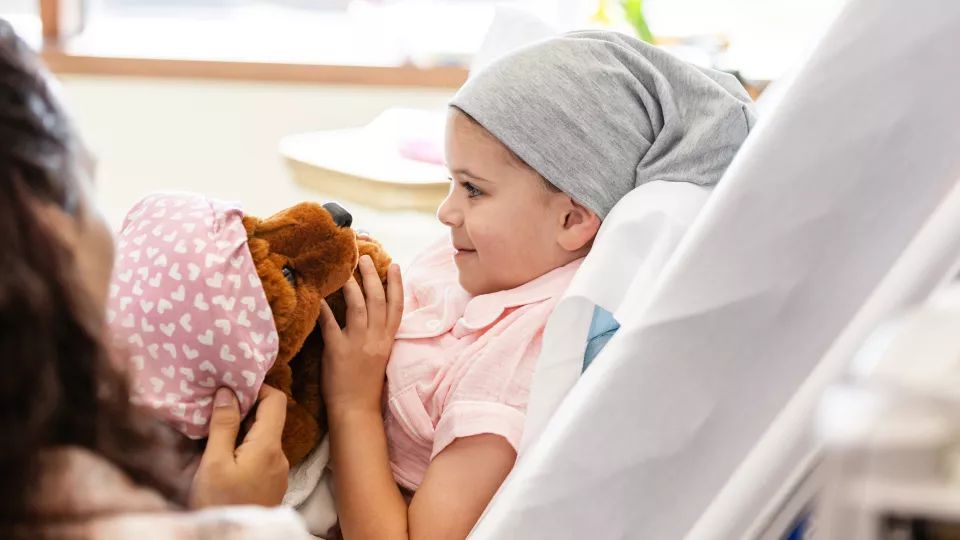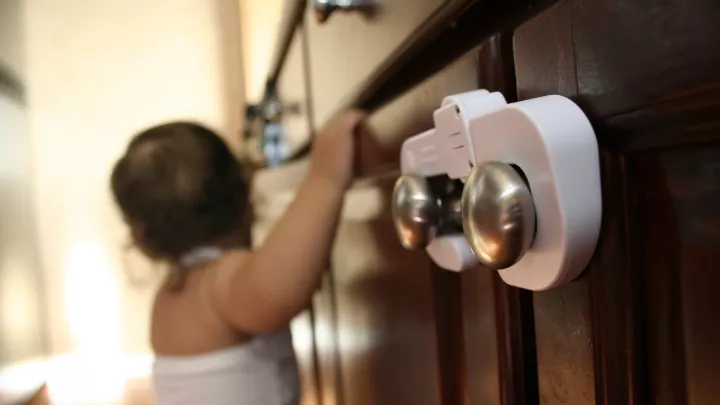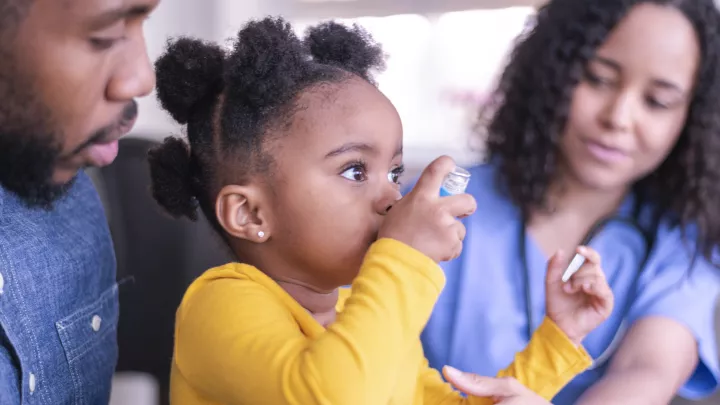
Best Way to Prepare for Your Child’s Chemotherapy, Radiation Treatment

The idea of starting chemotherapy or radiation therapy can be overwhelming at any age—especially for children. Being prepared on treatment day and the days that follow can help ensure children move through treatment with minimal discomfort.
Leading up to treatment
- Make an appointment to tour the clinic or hospital unit. A tour is a great opportunity to meet staff, learn about the patient and family resources, and get an overview of what will happen during your child’s treatment.
- Visit a support group. This can help you or your child build a network of support that has knowledge of what you and your child might experience.
- Ensure your child is well hydrated. You should start this process a few days before arriving for chemotherapy or radiation treatment.
- If available, request a Child Life specialist to help your child before and during their treatment. Child Life specialists address the needs of children dealing with the stress of illness and hospitalization.
During treatment: What to pack
Sometimes getting to appointments can be hectic. To make treatment day start more smoothly, many parents keep a designated “chemo” bag that holds all their child’s desired essentials.
Potential comfort items to include:
- Special bedding. This could be a special pillow and blanket your child has chosen for chemotherapy treatments. Some patients even bring their own sheets from home. If this interests you, always check with your treatment team first.
- Favorite toy or stuffed animal. It’s a good idea to have multiples of the same item in case the original becomes lost or damaged.
- Age-appropriate games and activities. Examples include:
- Books and magazines
- Coloring books and crayons
- Deck of cards or travel-size board games
- Note pad or journal. This can be helpful if your child wants to doodle or write down their feelings. It also helps you write questions for your child’s treatment team.
- Puzzles
- Word game books
- Tablet
- Handheld gaming system
If you bring electronics to your child’s treatment, don’t forget to bring a charger. Never leave your items unattended.
Potential food items to include:
- Healthy snacks and drinks (for both you and your child). We encourage a healthy diet when children are receiving chemotherapy and radiation, but your child should also be allowed to make choices.
- If their appetite is poor, try supplementing their diet with smoothies.
- Avoid acidic foods and juices.
- Keep hard candies available. Sugar-free or “made with xylitol” hard candies can help combat any weird taste or dry mouth your child might experience with chemotherapy and radiation. Note that this is not recommended for children 5 and under as it can be a choking hazard.
- Encourage frequent sips of liquids. This helps keep your child’s mouth moist and ensure they stay hydrated.
- Bring plastic utensils. Chemotherapy can cause patients to experience a metallic mouth taste, and eating with metal utensils may enhance this.
Hygiene items to bring on-the-go:
- Alcohol-free hand sanitizer. It’s important for everyone who comes in contact with your child to disinfect their hands. Most hospitals have many sanitizing stations strategically placed, but it’s always best to have extra.
- Disposable vomit bags. These are helpful to keep in your car in case nausea hits on the way to or from your child’s treatment.
- Lip balm. Treatments can cause dry skin, and lips are no exception.
- Tissues. Your child’s nose and eyes might alternate between dry and watery throughout treatment.
During treatment: What to wear
Dress your child and yourself as comfortably as possible. Choose natural fabrics that are looser in fit and wear layers, as hospital rooms can be very cool.
Also recommended for children:
- A button-down or V-neck shirt. If your child has a port-a-cath or central line, it allows for easy access to the area. You may be able to purchase specialized clothing to allow for access to your child’s central line.
- No tight clothing. If your child is receiving radiation treatment, avoid covering the area being treated with tight clothing and avoid temperature extremes to the skin.
- Slippers or grippy socks. This helps to keep feet warm and avoid possible falls in the hospital.
- A change of clothes for you and your child. Because accidents happen (include plastic bags to transport soiled clothing).
- A hat or bandana. If your child has very little hair, a hat or bandana keeps their head warm indoors and protected from the sun outdoors.
- Avoid wearing heavily perfumed soaps or lotions. Chemotherapy and radiation can make patients very sensitive to smells.
After treatment: Hygiene
- Use gentle soaps and perfume-free lotions. Your treatment team will give you suggestions on specific products. It’s also important to avoid extreme bath water temperatures.
- Apply sunscreen daily. Chemotherapy and radiation can make skin prone to burning (even through windows).
- Mouth care is critical. Children should be encouraged to practice oral hygiene at least twice a day. Use a toothbrush with very soft bristles or sponge swabs for mouth care. Use gentle fluoridated toothpaste. Mouth wash is not encouraged unless instructed by your treatment team.
When in doubt: Ask the experts.
You will eventually learn what works best for you and your child during their treatment. You’re also not alone—CHLA provides a variety of resources to families caring for kids and teens living with cancer as part of the Cancer and Blood Disease Institute’s Survivorship and Supportive Care Program.
Reach out to your treatment team to explore resources available to you at the hospital or in your community.


